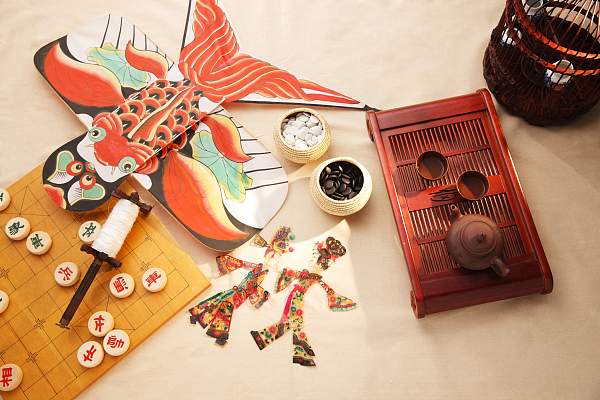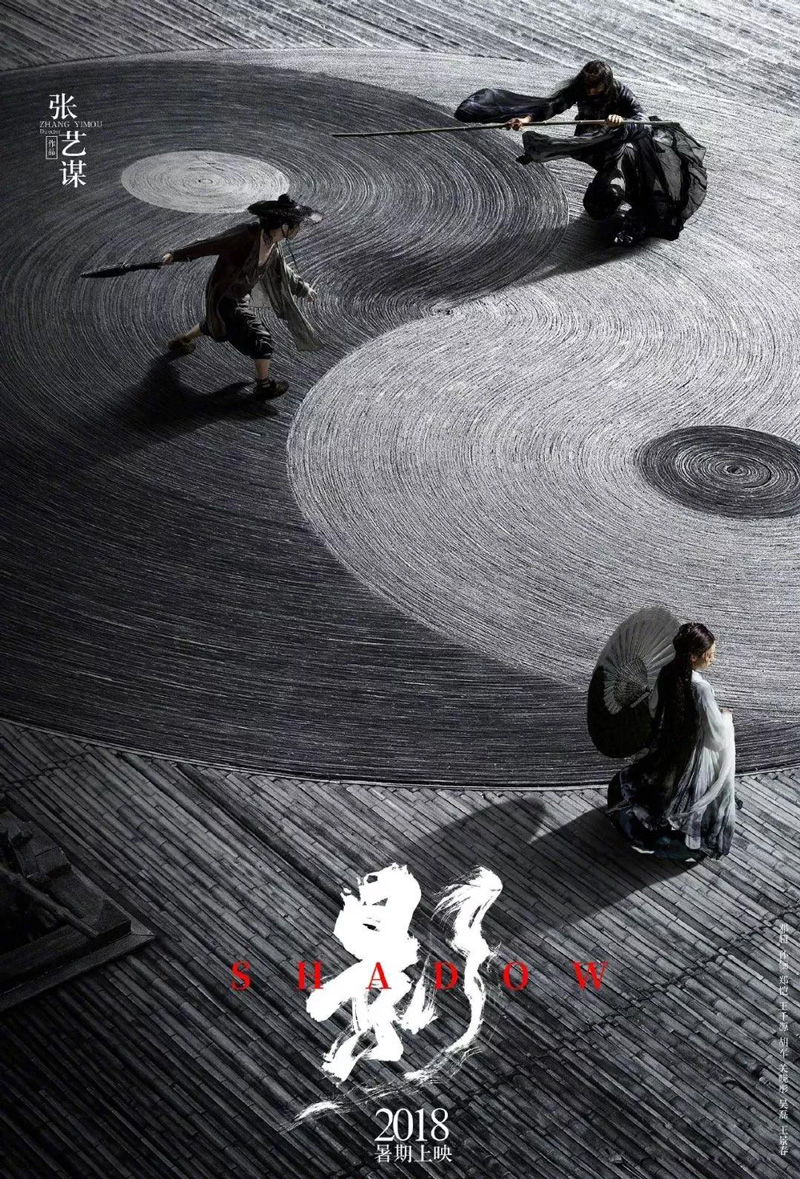

We may not have noticed, but we are already living in an age when cultural identity shapes us in one way or another.
Let's take the recently released Disney trailer for the live action movie "Mulan" as an example; a film that doesn't seem to be pleasing both Chinese and American audiences for its failure to represent an accurate cultural identity. Coincidentally, the newly announced black princess Halle Bailey for the live-action version of Disney's "The Little Mermaid" is also facing some backlash over the studio's challenging of identity perceptions. The Little Mermaid was portrayed as a redhead girl in the '90s version of the film.
In China, if you go to check event booking websites, including various art festivals and exhibitions listed, one could not get more excited – you can't even tell whether you're browsing for events being hosted in China or any other art hub in the rest of the world. The boundaries between what is China's own culture and what is imported are being blurred. However, what we do sense behind these art events is the eagerness and passion to build up the confidence in Chinese culture that can compete with other international artistic trends.

Traditional Chinese images. /VCG Photo

19-year-old singer Halle Bailey is cast as Ariel in the Disney movie "The Little Mermaid". /VCG Photo
But why think about culture, instead of politics, finance, and social status when we talk about identity?
How we identify ourselves is directly impacted by culture. If our cultural background is overlooked, we are less likely to know who we truly are in terms of individual identity and national ascription. Every culture has different ways of viewing personal identities, and the Chinese own their unique style.
A wave
The passion has been ignited further this year when Japanese animation guru Hayao Miyazaki's great masterpiece "Spirited Away" re-released in China. Its creatively-designed movie poster by Huang Hai tapped into traditional Chinese aesthetics, with the sublime drawing displaying a perfect Chinese classical world.
The renowned Chinese film poster designer has drawn unexpectedly high attention from audiences as his works of art reach a climax integrating Chinese elements in the posters in a modern way. He designs posters for Chinese movies and Chinese releases of foreign films. His leverage of Chinese culture symbols fits the expectation of many who expect a smarter way of promoting the traditional, yet appealing, Chinese culture.
"I am more comfortable with employing Chinese visual elements and philosophies in my designs. Foreign markets like Hollywood need to know the essence of our culture," Huang said in an interview.

Film poster designed by Huang Hai using Chinese Eight Diagrams concept. /VCG Photo
The major purpose of posters is, at least, to sell movies. But in Huang Hai's mind, the art and design of his posters are telling stories more than just placing hot actor's/actress's names and photos. Huang tries to avoid both his work and himself to be dragged into the spot light. That's not about shyness or wanting to be low-key, he just doesn't want the noise to distract his own judgment on the insights behind this visual art.
It's no wonder the posters stirred up hot discussion on how far can design go to ignite Chinese people's national pride culturally; to transcend geographic boundaries, Chinese aesthetics need to be displayed and revived in more occasions like Huang Hai‘s poster designs.
'It's flowing'
"It is a process to build a nation's cultural identity and the identity is flowing all the time," said Thomas Eller in his interview with CGTN.
Thomas Eller came to China in the late '90s as a pioneer artist and writer who had experienced a quite diverse artistical education and practice. He sees China as a stage spotlighting different cultural and art formats.
"The best time of enhancing culture confidence is now," he said.
Eller believes China has opened the door to the world wide open.
"There isn't a purely single culture existing. Most of the world's renowned culture heritage are mixtures of different types of culture," said Eller, explaining that he does not think culture identifies must be uniform and still.

Today, stereotypical Chinese images such as pandas and red lanterns are what people imagine when they think of Chinese imagery. Eller's always been interested in Chinese cultural heritage because of how they are supposed to represent "authentic" Chinese art. While intentions have always been good, artists are now becoming more intentional in acknowledging the way of culture integration.
Those images can represent a time and ideas no longer current, and they are still the essence and foundation of how we understand our culture and ourselves. In this way, we share common values and a sense of belonging.
However, Eller admitted that China knows a lot more than the rest of the world knows about China. There is no doubt the economic success of China offers the Chinese tons of opportunities to connect to the world, yet we seem to get stuck in the middle of exploring ourselves and defining ourselves. As a race and a nation's culture confidence is built on the recognition of its own culture, how one forms a flowing, diversified, inclusive culture while embracing our own cultural heritage is the very problem.
Video Editor: Wu Chutian
(Cover image via VCG)

Copyright © 2018 CGTN. Beijing ICP prepared NO.16065310-3
Copyright © 2018 CGTN. Beijing ICP prepared NO.16065310-3